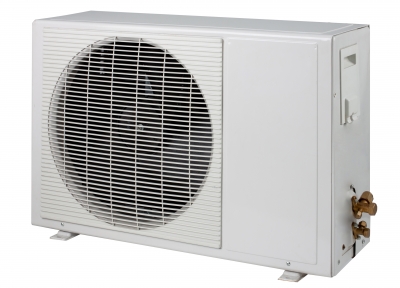When your business’s heating or air-conditioning system is on the fritz, it can mean lost productivity, as uncomfortable workers try to cope with the temperature. Replacing an entire climate control system can be expensive, but when you understand some of the common malfunctions, you may be able to buy a part and fix the problem yourself.
Following is what you need to know about diagnosing a faulty heating and cooling system.
Losing your Cool
In the heat of summer, a malfunctioning air conditioner can bring work to a halt, so it’s important to schedule maintenance for your air conditioner before you need to turn it on. But when the air goes out in the middle of the summer, you can zero-in on the cause the following ways:
- If the unit has stopped working completely, check breaker boxes to see if a circuit has been tripped. The circuit may trip when the unit is working overtime to combat excessive heat outdoors.
- Make sure the thermostat is working. Sometimes, a bad thermostat — not the unit itself — is to blame for lack of air conditioning.
If those simple solutions don’t work, your air conditioning unit may be in need of coolant or may have faulty wiring, both of which are problems that require the help of a licensed repair professional.
(Not) Feeling the Heat
When workers are bundled up in coats, hats and mittens, it may be time to evaluate your heating system. And depending on the size of your furnace, you may hear the problem before you feel it.
If you hear a rumbling or clunking sound coming from your furnace, that could mean you have loose bearings, or a blower wheel is out of balance. If you’re handy and have the right tools, you may be able to balance the blower wheel yourself — making sure to disconnect the power to the heating unit first — by adding or subtracting weight from the rotor.
Always make sure that furnace vents to the outside aren’t blocked by leaves or other debris, and the same goes for an outdoor compressor unit, if you have one.
Many reasons for furnace malfunctions are electrical, and unless you are a licensed electrician, you should leave this potentially hazardous repair work to professionals.
Feeling Foggy
If your employees are wheezing, sneezing and coughing, a dirty ventilation system may be to blame. Take seriously any complaints workers have about the air quality, because you don’t want to be responsible for sickening anyone.
Dirty air filters, dusty ducts and mold or mildew can aggravate allergies and cause respiratory problems, so inspect for these problems — it could be all you need is a new filter. But if you work in an environment where welding or construction dust is present, your industrial ventilation system may need to be professionally cleaned to remove harmful vapors, oils or debris.
When troubleshooting a heating and cooling deficiency, always start by checking for the easiest-to-fix problems. You may need to call a repair person anyway, but you could find the problem is easy to fix yourself.
